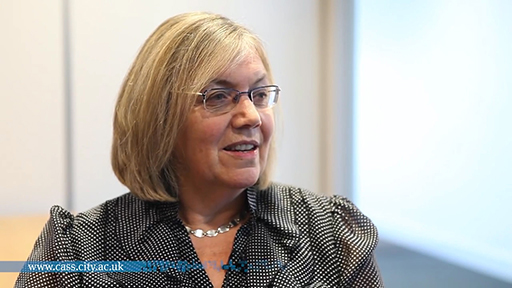5 Income from other sources

Voluntary organisations also receive funding from other parts of the voluntary sector, private sector organisations, the National Lottery and from income earned on investments.
You have already read about donations by individuals but donations are also given by private sector organisations. For example, every Waitrose branch gives £1000 each month to three local causes and since the scheme started in 2008 the company has donated £14 million. Waitrose gives the money but customers choose which one of the three local causes receives the most by allocating tokens in a box (Waitrose, 2015).
Although each organisation receives only a small amount, the organisations themselves are usually small too and a few hundred pounds can make a difference.
Philanthropy by individuals and organisations is nothing new, although it is now organised more formally, for example with organisations (such as the Institute for Philanthropy) specialising in giving advice to philanthropists. Research by Moriarty (2014) in Ireland concluded that philanthropy foundations are important funders of ‘hard-to-fund’ cases: those organisations that struggle to achieve government funding or to receive individual donations. Considerable media attention is also given to high-profile philanthropists, such as Melinda and Bill Gates.
Activity 6 Family foundation philanthropy
Watch this video from 2011 in which Professor Cathy Pharoah from Cass Business School and Charles Keidan, Director of Pears Foundation, talk about philanthropic giving by family foundations.
Make notes on the key features of family foundations.

Transcript
Comment
Family foundations are charitable trusts but tend to have members of one particular family on the boards of trustees. They employ professional staff so that they can improve the effectiveness of their giving strategies. Family foundations appear to be an important source of funding, given that the amounts they give are increasing, whereas individual and corporate donations have slowed down. Keidan argues that family foundations are increasingly important in helping difficult issues that require a longer-term approach.
So far this week you have seen that there are consequences for voluntary organisations in terms of funders’ expectations of a return on their contribution, depending on which kind of funding the organisation pursues. Essentially, the more specific the purpose for which funding is given, the greater the degree of control and accountability the funder will usually expect. Many sources of funding come with ‘strings attached’ that may place limitations on an organisation’s freedom of action. So there may be trade-offs that have to be made when deciding whether to accept this funding. Organisations need to decide whether the trade-off will compromise their mission too much. This is a decision that needs to be taken consciously rather than by default.
